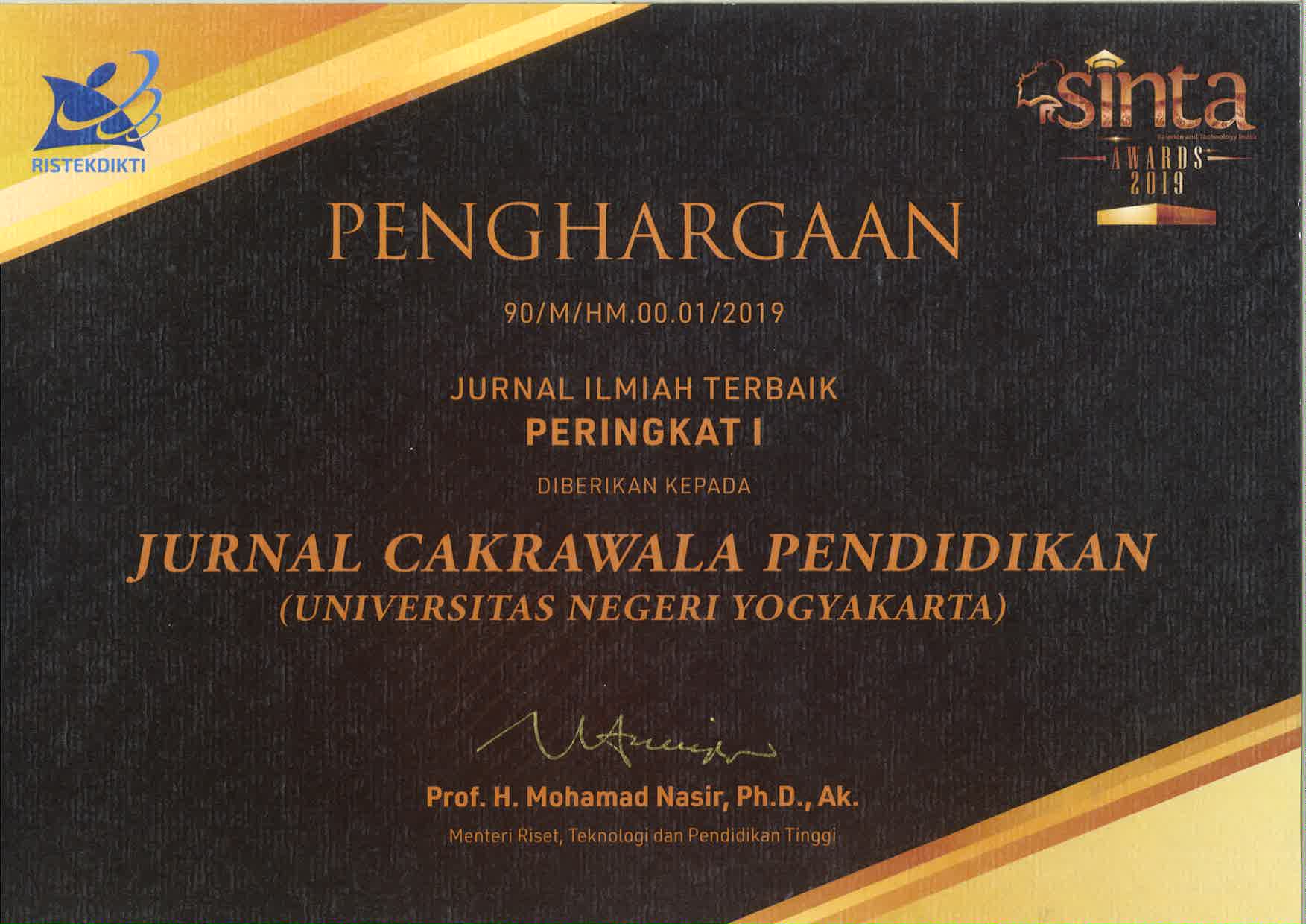The values of leadership in badminton game
Downloads
Downloads
Acet, M., Gumusgul, O., & Isik, U. (2017). Leadership characteristics of football coaches. Sport and Society, Special Issue. https://eric.ed.gov/?id=ed593441
Baker, A. (2008). The influence of coaching efficacy on team cohesion and performance. https://scholar.uwindsor.ca/cgi/viewcontent.cgi?article=8181&context=etd
Cohen, C., Texier, B. D., Quéré, D., & Clanet, C. (2015). The physics of badminton. New Journal of Physics, 17(6), 063001. https://doi.org/10.1088/1367-2630/17/6/063001
Colbert, A. E., Judge, T. A., Choi, D., & Wang, G. (2012). Assessing the trait theory of leadership using self and observer ratings of personality: The mediating role of contributions to group success. The Leadership Quarterly, 23(4), 670–685. https://doi.org/10.1016/j.leaqua.2012.03.004
DeSensi, J. T. (2014). Sport: An ethos based on values and servant leadership. Journal of Intercollegiate Sport, 7(1), 58–63. https://doi.org/10.1123/jis.2014-0097
Engelen, A., Schmidt, S., Strenger, L., & Brettel, M. (2014). Top management's transformational leader behaviors and innovation orientation: A cross-cultural perspective in eight countries. Journal of International Management, 20(2), 124–136. https://doi.org/10.1016/j.intman.2013.04.003
Fleenor, J. W. (2017). Trait approach to leadership. In The SAGE Encyclopedia of Industrial and Organizational Psychology, 2nd edition. SAGE Publications, Inc. https://doi.org/10.4135/9781483386874.n566
Fransen, K., Vanbeselaere, N., De Cuyper, B., Vande Broek, G., & Boen, F. (2014). The myth of the team captain as principal leader: Extending the athlete leadership classification within sport teams. Journal of Sports Sciences, 32(14), 1389–1397. https://doi.org/10.1080/02640414.2014.891291
Gall, M. D., Borg, W., & Gall, J. (2003). Educational research: An introduction (pp. 569–575). Pearson Education.
Grice, T. (2007). Badminton: Steps to success. Human Kinetics.
Hallo, L., Nguyen, T., Gorod, A., & Tran, P. (2020). Effectiveness of leadership decision-making in complex systems. Systems, 8(1), 5. https://doi.org/10.3390/systems8010005
Hidayat, N., & Wulandari, F. (2020). The impact of leadership behavior on school performance. Jurnal Cakrawala Pendidikan, 39(3), 493–506. https://doi.org/10.21831/cp.v39i3.31005
Iwandana, D. T., Falaahudin, A., & Nugroho, W. A. (2021). Sport values in traditional games as playing activities for children. TEGAR: Journal of Teaching Physical Education in Elementary School, 4(2), 96–100. https://doi.org/10.17509/tegar.v4i2.33798
Kouzes, J. M., & Posner, B. Z. (2017). How to make extraordinary things happen in organizations. John Wiley & Sons, Inc.
KozioÅ‚-Nadolna, K., & Beyer, K. (2021). Determinants of the decision-making process in organizations. Procedia Computer Science, 192, 2375–2384. https://doi.org/10.1016/j.procs.2021.09.006
Mortimer, H., Whitehead, J., Kavussanu, M., Gí¼rpınar, B., & Ring, C. (2021). Values and clean sport. Journal of Sports Sciences, 39(5), 533–541. https://doi.org/10.1080/02640414.2020.1835221
Nielsen, M. B., Christensen, J. O., Finne, L. B., & Knardahl, S. (2018). Are leadership fairness, psychological distress, and role stressors interrelated? A two-wave prospective study of forward and reverse relationships. Frontiers in Psychology, 9. https://doi.org/10.3389/fpsyg.2018.00090
Nurabadi, A., Irianto, J., Bafadal, I., Juharyanto, J., Gunawan, I., & Adha, M. A. (2021). The effect of instructional, transformational and spiritual leadership on elementary school teachers' performance and students' achievements. Jurnal Cakrawala Pendidikan, 40(1), 17–31. https://doi.org/10.21831/cp.v40i1.35641
Phomsoupha, M., & Laffaye, G. (2015). The science of badminton: Game characteristics, anthropometry, physiology, visual fitness and biomechanics. Sports Medicine, 45(4), 473–495. https://doi.org/10.1007/s40279-014-0287-2
Priyatmojo, A. (2010). Buku panduan pelaksanaan student centered learning dan student teacher aesthethic role-sharing (STAR). Pusat Pengembangan Pendidikan UGM.
Salcinovic, B., Drew, M., Dijkstra, P., Waddington, G., & Serpell, B. G. (2022). Factors influencing team performance: What can support teams in high-performance sport learn from other industries? A systematic scoping review. Sports Medicine - Open, 8(1), 25. https://doi.org/10.1186/s40798-021-00406-7
Saputra, D. R., Rahayu, S., & Sulaiman, S. (2018). Value of sports in culture Anak Dalam ethnic national parks Bukit Duabelas Sarolangun Jambi province (Case study Anak Dalam ethnic in Bukit Suban Village). Journal of Physical Education and Sports, 7(3), 255–260. https://doi.org/10.15294/jpes.v7i3.24957
Schoonenboom, J., & Johnson, R. B. (2017). How to construct a mixed methods research design. KZfSS Kí¶lner Zeitschrift Fí¼r Soziologie Und Sozialpsychologie, 69(S2), 107–131. https://doi.org/10.1007/s11577-017-0454-1
Subagyo. (2017). Pendidikan olahraga renang dalam perspektif aksiologi. LPPM UNY.
Subarkah, A., & Marani, I. N. (2020). Analisis teknik dasar pukulan dalam permainan bulutangkis. Jurnal MensSana, 5(2), 106–114. https://doi.org/10.24036/MensSana.050220.02
Sugiyono. (2019). Metode penelitian pendidikan: Pendekatan kuantitatif, kualitatif dan R & D. Alfabeta.
van Knippenberg, D., De Cremer, D., & van Knippenberg, B. (2007). Leadership and fairness: The state of the art. European Journal of Work and Organizational Psychology, 16(2), 113–140. https://doi.org/10.1080/13594320701275833
Villacís, J. L., Naval, C., & De la Fuente, J. (2022). Character strengths, moral motivation and vocational identity in adolescents and young adults: A scoping review. Current Psychology. https://doi.org/10.1007/s12144-022-03427-x
Yaqub Ajeigbe, I., Owolabi, A. Y., & Alasinrin, S. (2021). Relationship between leadership styles of sports administrators and orgranisational development in Ilorin Metropolis, Nigeria. Indonesian Journal of Sport Management, 1(1), 11–19. https://doi.org/10.31949/ijsm.v1i1.933
Zhang, Z. (2015). The influence of body positioning, trunk rotation (x-factor) and training effect on quality of the badminton forehand overhead smash. University of Lethbridge.
ŽydžiÅ«naitÄ—, V. (2018). Leadership values and values based leadership: What is the main focus? Applied Research In Health And Social Sciences: Interface And Interaction, 15(1), 43–58. https://doi.org/10.2478/arhss-2018-0005
Jurnal Cakrawala Pendidikan, Jurnal Ilmiah Pendidikan, with ISSN: 0216-1370, is published by the Institute of Education Development and Quality Assurance (LPPMP UNY). Cakrawala Pendidikan has been recently has been re-accredited by Indonesian Ministry of Education and Culture decision Number 230/E/KPT/2022 which is valid for five years since enacted on 30 December 2022.




























